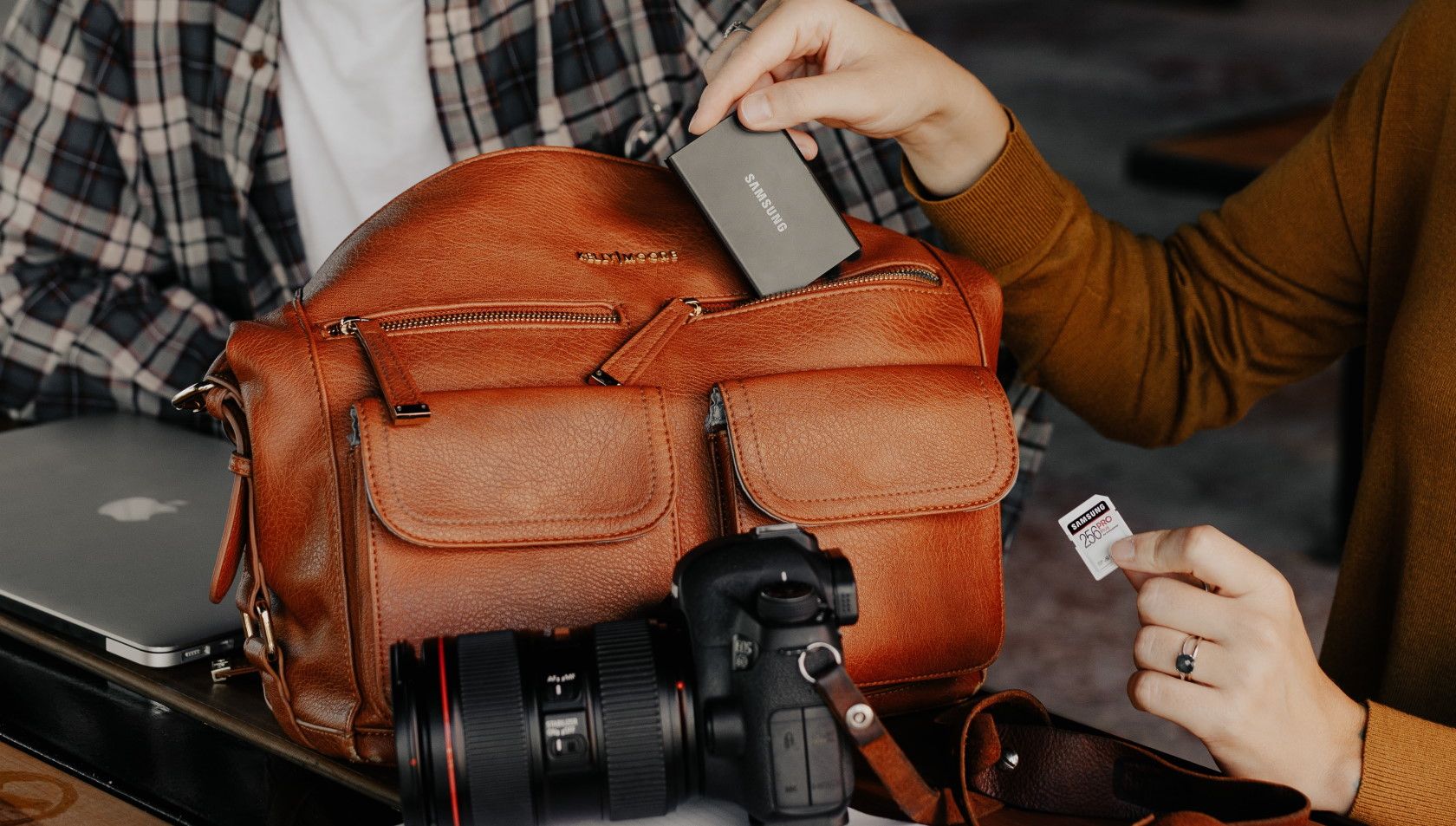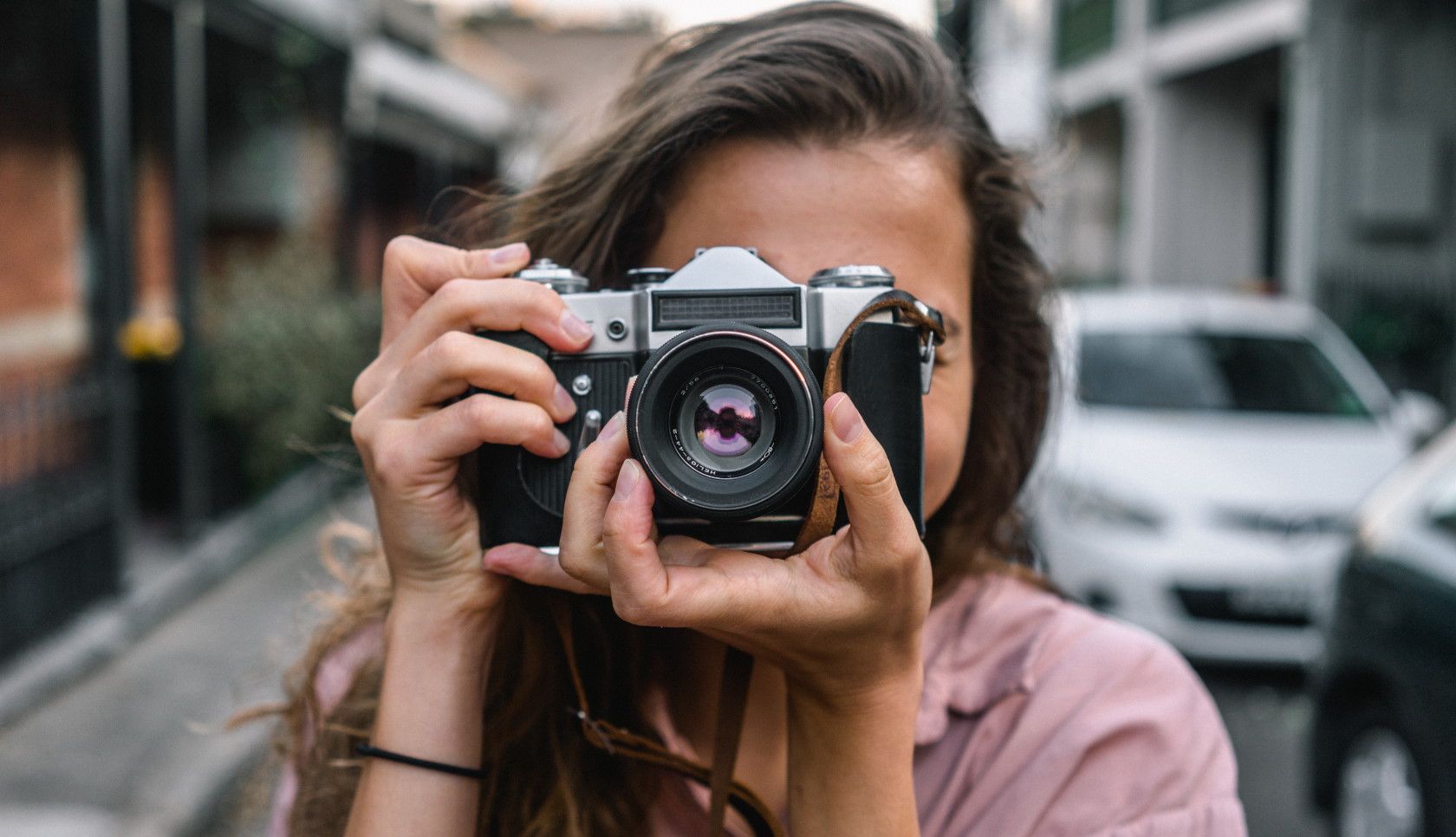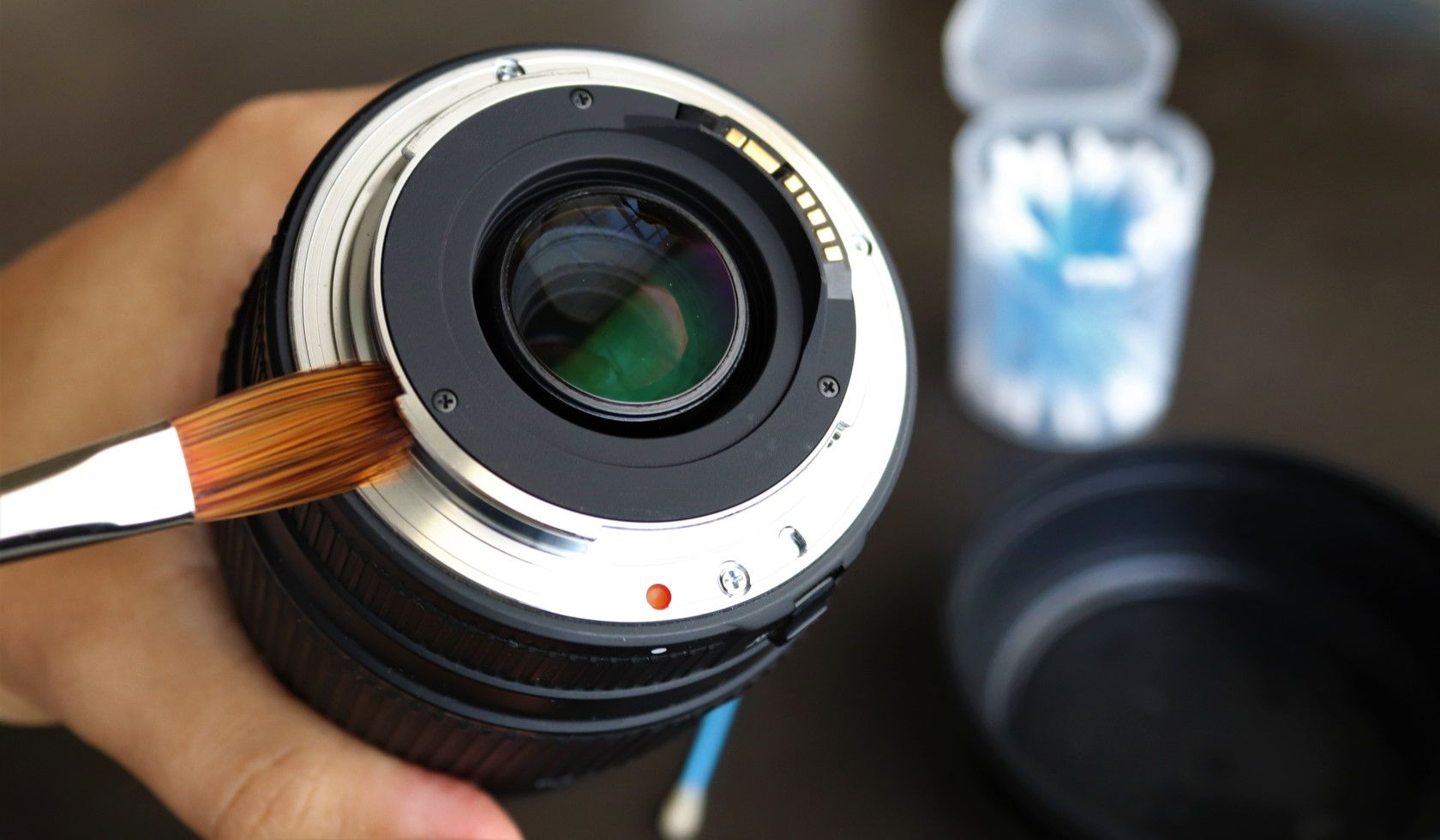The world is full of beautiful places, from the photogenic scenery in the Swiss Alps to the vast plains of the Serengeti National Park. Even if you aren’t traveling to one of the most photogenic places in the world, it’s always a good idea to take your camera with you to document your adventures.
However, traveling with your camera is a risky business. Photography equipment can be ridiculously expensive as well as delicate, so there’s always the constant threat of damage or theft.
Just because it’s risky doesn’t mean you shouldn’t do it. Here are eight helpful tips to make sure your camera is safe and sound when you travel.
1. Use a Padded Camera Bag or Case

When it comes to carrying your camera around, it’s best not to cheap out. A camera is an expensive piece of equipment that can easily be damaged, so you need to use a decent camera bag (or camera case).
When you’re on the hunt for a high-quality camera bag, there are some things to keep in mind. First, the material must be durable. Second, it’s best if it’s waterproof; weather can be unpredictable. Third, there needs to be a lot of padding or cushioning inside. And lasty, make sure the bag has an adjustable, strong shoulder strap, especially if your camera is heavy.
If you’re rushed for time and can’t find an acceptable camera bag before your next trip, we’ve got a quick tip for you. Wrap it up tightly in clothing, pillows, or a towel and place it in your suitcase in a snug position. This isn’t the best way to travel with your camera, but it works as a last resort.
2. Don’t Check Your Camera Bag at the Airport
When you’re flying somewhere with your camera gear, it’s best to keep it as close to you as possible. The absolute worst option would be to check your camera bag as luggage. You’ve seen how the handlers load and unload luggage, it’s bound to cause some serious damage to your precious equipment.
Luckily, most camera bags are small enough to tuck away into the overhead compartment or under a seat without and issue. However, before you do anything else, contact the airport or read through their rules and regulations about checking luggage.
3. Keep Your Equipment Organized

Before you even think about going out and taking photos of your travels abroad, make a list of all the equipment you have with you. You should already have a record of everything you own, but maybe you don’t plan on bringing everything out with you. If so, just check off the pieces you’ll be using for the trip.
A quick tip to organize your smaller pieces of camera gear is to use a caddy box or a tackle box. These boxes have different compartments in various sizes, making it easy to store and keep track of everything from extra batteries to spare memory cards.
4. Always Prepare for the Worst
No matter how hard you try to keep your camera safe, bad things happen, and it could end up stolen. Crime happens just about everywhere in the world, and you could be a target if you carry a lavish, shiny camera.
To avoid becoming the next target, make sure your camera bag doesn’t look too fancy and new. It’s better to go for a bag that looks ordinary. It’s also a good idea to cover up the brand of your camera with a sticker or some tape.
While it’s easy to replace a camera, it’s not so easy to replace all those memories that you captured. When you’re out and about, use multiple memory cards throughout the day, just in case something happens.
5. Don’t Travel Alone

Traveling alone can be scary, and you may become a target if you put yourself in a vulnerable situation. Thieves usually go for tourists who are alone and have expensive valuables with them, like a fancy camera!
Don’t walk around alone with a target on your back, either travel with a friend, another group of tourists, or find someone else who’s also taking photographs and tag along. You’ll be safer in a crowd, plus, you’ll have a friend who can keep an eye out for anyone suspicious.
6. Use a Safe Storage Place
It doesn’t matter if you stay in a fancy hotel or camp in the woods, you always need to store your camera and equipment in a safe place. Depending on where you’re staying, you might have access to a safe in your room, but these safes can sometimes be too small to fit in all your equipment.
If all else fails, consider handing your camera and your gear in at the front desk, so they can lock it away. If you do choose to do this, remember the previous tip about keeping a record of everything you have, you can never be too careful.
7. Clean Your Camera Regularly

Traveling is exciting, so you might find yourself completely forgetting to clean your camera regularly. If you’ve been to different places around the world, you’ll know that each place comes with its own set of problems.
For example, there’ll be plenty of dust and sand if you’re visiting a desert area, like Namibia. Traveling close to the sea means excess moisture, which can lead to fungus growth on your camera lens. Ideally, you should wipe your camera lens off every time you use it.
There are two main reasons you need to always keep your camera clean; preventing little specks of dirt and dust from ruining your photographs, and granting your camera a longer lifespan by looking after it properly.
8. Plan Ahead for Different Weather Conditions
If you’re traveling to Japan, you could face a lot of snowfall. Perhaps you’re visiting Hawaii, which is well known for being wet and humid. You know that you need to clean your camera regularly, but are you prepared for the different weather conditions you could face?
Whether it’s snow, rain, sand, extreme humidity, or wind, you need to know how to keep your camera safe. Consider buying a rain cover for your camera. It won’t just protect it from the rain, but also from small grains of sand and dust.
If you’re out taking photos in harsh weather conditions, always bring a dry cloth with you in the event that your camera does get a little wet. The worst decision you could make would be to change lenses when you’re shooting outside in bad conditions. Rather, choose your lens and put it on before you go outside.
Traveling With Your Camera Can Be Easy, Safe, and Fun
Your camera is exceptionally important to you and probably very expensive, so is it possible to travel wherever you want and still keep your camera safe? Of course! With these eight tips, you can travel safely and forget about all the anxiety. Always take your camera along with you when you travel so you’ll be able to capture amazing photographs everywhere you go.
Read Next
About The Author
